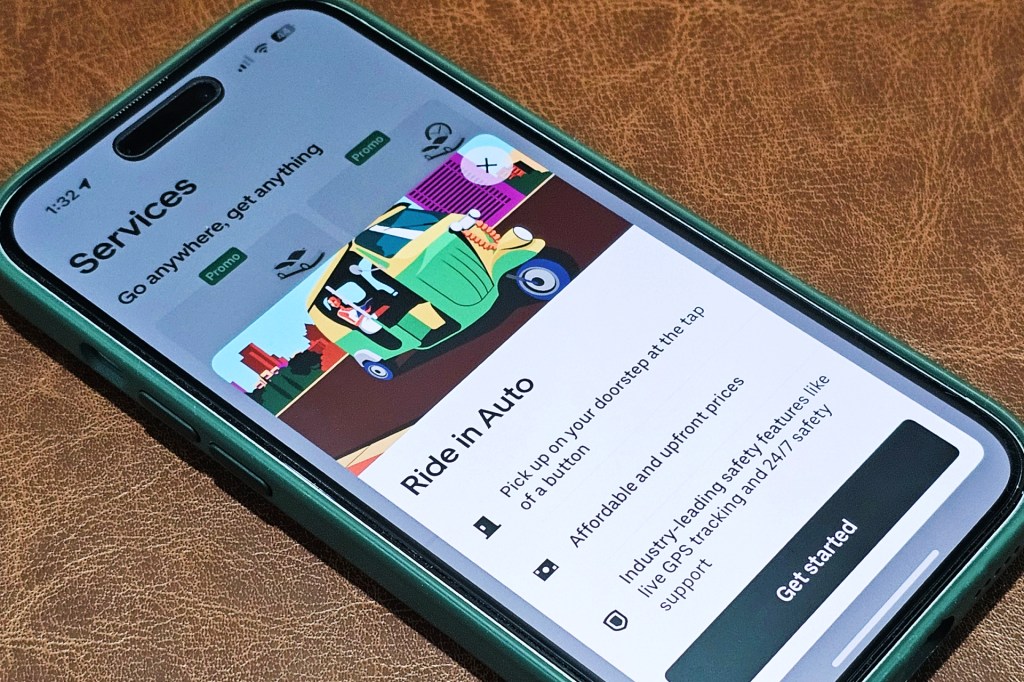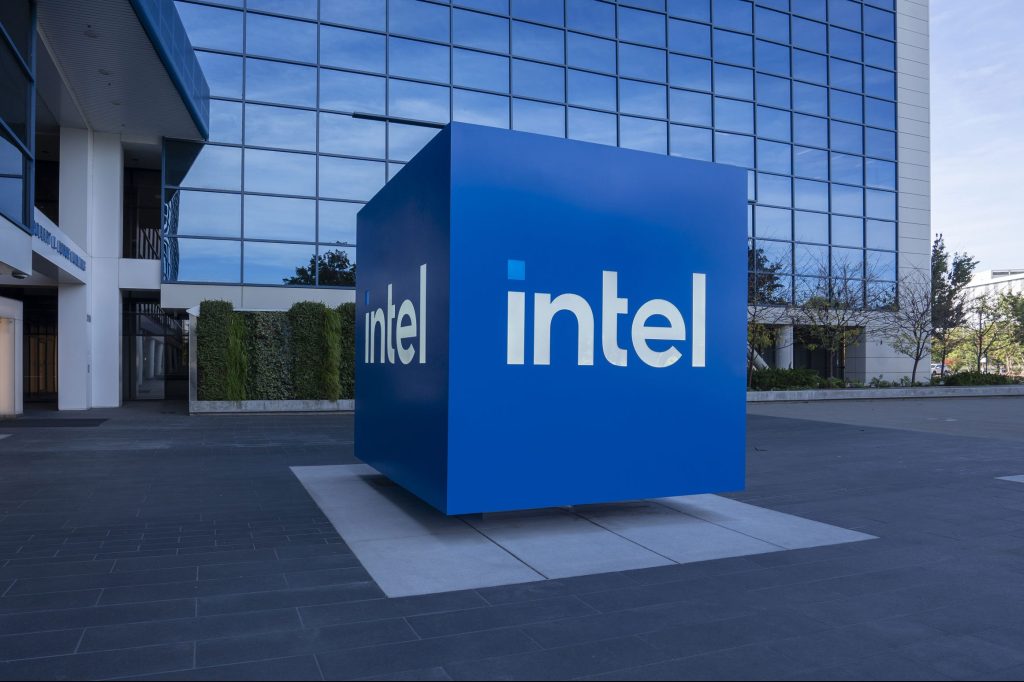Uber has implemented a change in its business model in India, transitioning away from commission-based payments for three-wheeled auto rickshaw drivers. This shift aligns with Uber’s strategy to remain competitive in the face of growing competition from local ride-hailing services such as Rapido and Namma Yatri.
Under the new model, rickshaw drivers will pay a daily fee to access the Uber platform and connect with riders. This fee structure, ranging from 20 to 40 Indian rupees (approximately $0.25 to $0.50), is determined based on the city of operation.
Previously, Uber charged drivers commissions between 25% and 40% per ride. However, Rapido and Namma Yatri employ a subscription-based model, which Uber is now adopting for its auto rickshaw services.
As part of this change, riders will pay the driver directly, either in cash or through India’s government-backed Unified Payments Interface (UPI). Uber credits and promotions will no longer apply to auto trips, and riders will not be subject to cancellation fees.
Uber will no longer display the final fare at the end of the trip, instead providing an estimated fare. This change allows drivers to set their own rates, potentially leading to negotiations between riders and drivers.
Uber maintains its commitment to safety, allowing riders to report concerns through its app. It emphasizes that it will not intervene in fare disputes between riders and drivers.
This shift to daily fees is currently limited to auto rickshaws, while four-wheeler cabs in India continue to operate under the existing commission model. Uber continues to explore innovative models, including flexible pricing and concurrent rides, to maintain competitiveness in the Indian market and compete effectively against established players like Ola, Rapido, and Namma Yatri.
Original source: Read the full article on TechCrunch



